
Taliban assaults Farah City
Farah City is the third capital that has come under attack by the Taliban in the past week.

Farah City is the third capital that has come under attack by the Taliban in the past week.

The Taliban’s military and political actions during the past several months makes it clear that the return of the Islamic Emirate is its primary goal, and not peace.
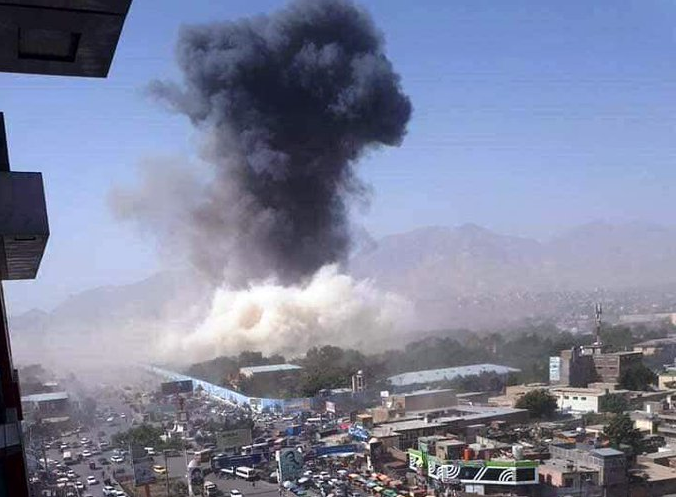
The bombing, which leveled a police station and killed and wounded scores of people, is the latest in a series of terror attacks in the capital. The US Special Representative for Afghanistan Reconciliation continues to claim the Taliban can be an “effective counterterrorism partner”despite the Taliban’s repeated use of terror tactics.
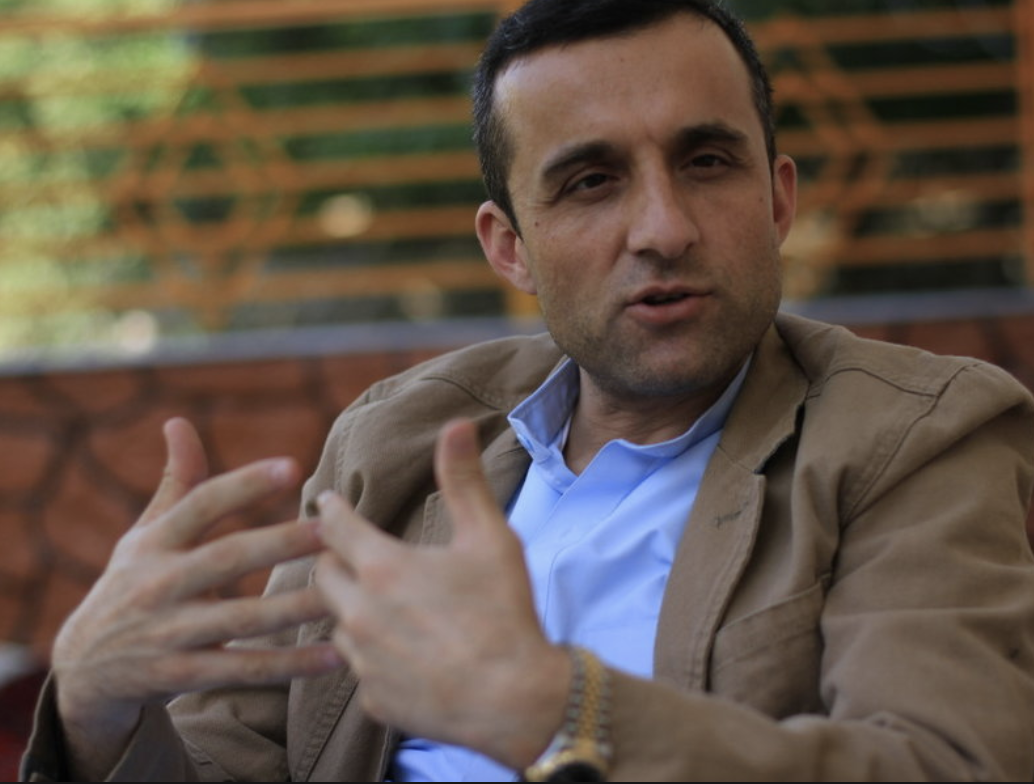
Amrullah Saleh was responsible for killing and capturing thousands of Taliban commanders and fighters during his tenure as NDS chief and during his brief stint as interior minister.

The Taliban has ramped up its suicide operations over the past month. It has claimed six suicide operations. Two more have gone unclaimed.

The Taliban has used female suicide bombers in the past. Years ago, a wanted commander known as Qari Zia Rahman established training camps to indoctrinate women and young girls to carry out the gruesome attacks.
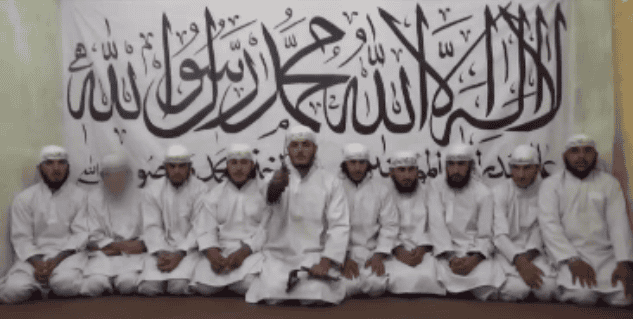
US military and diplomatic officials have claimed that attacks such as these are designed by the Taliban to increase its leverage in so-called peace talks with the US. In reality, the Taliban has all the leverage it needs. The Taliban is preparing the ground for the next stage in the war by targeting and weakening Afghan forces in major cities and outlying areas.

A Taliban suicide assault team attacked a hotel in the northwestern Afghan province of Badghis earlier today, killing six police officers and two civilians. The attack took place just days after the Taliban reportedly committed to protect residential areas in order to limit civilian casualties. Afghan officials said five Taliban “suicide bombers” launched the attack […]
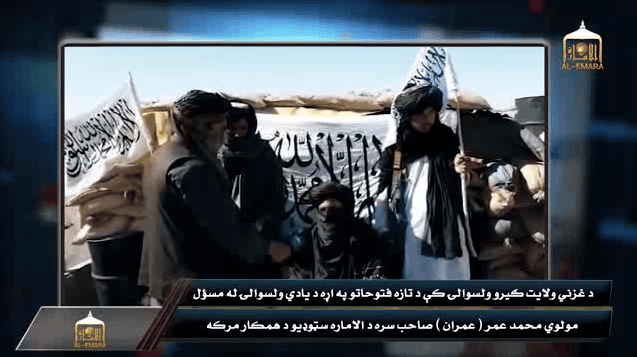
A suicide bomber dispatched by the Taliban detonated his explosives-laden vehicle outside of a facility run by the National Directorate of Security (NDS) in Ghazni earlier today. Preliminary casualty reports indicate that upwards of 200 people were either killed or wounded, including schoolchildren.

Today’s suicide bombings demonstrate the Islamic State’s residual threat to the North African country.
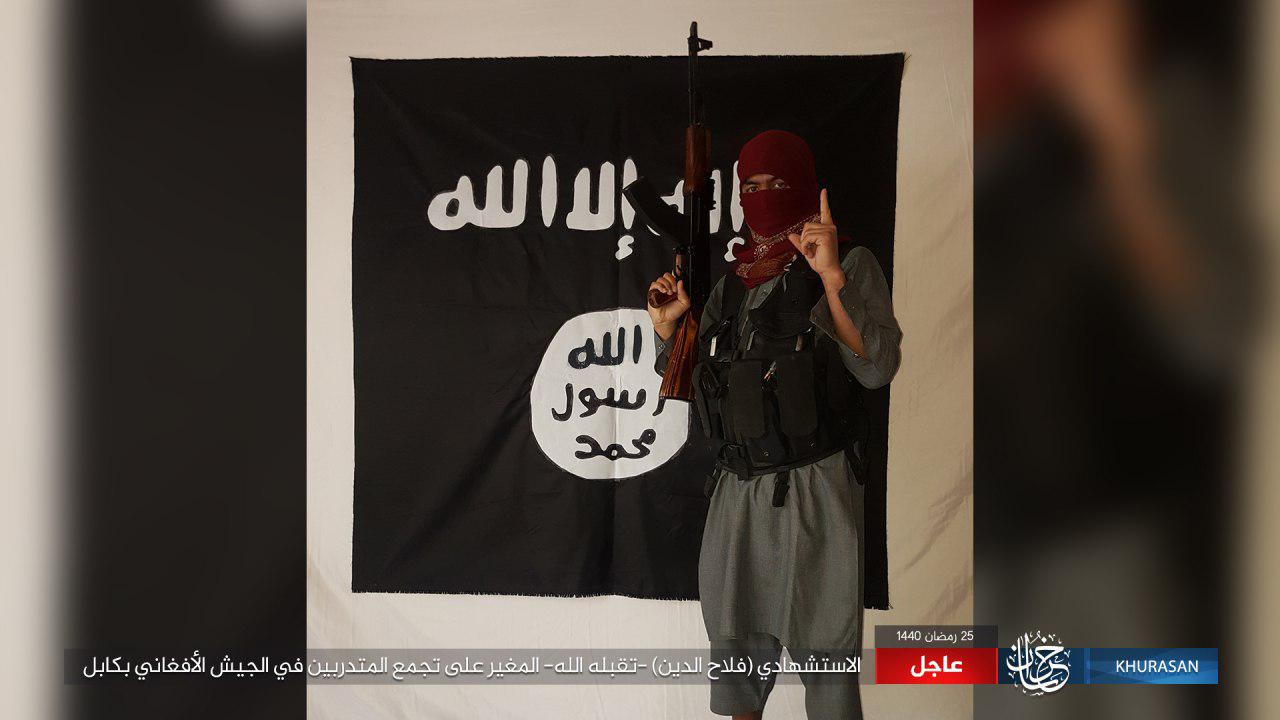
An Islamic State suicide bomber struck outside the Marshal Fahim National Defense University in Kabul earlier today. It is the second time the so-called Khorasan province has attacked the academy. According to UNAMA, the jihadists launch more “suicide and complex attacks” in the Afghan capital than in any other area of the country.
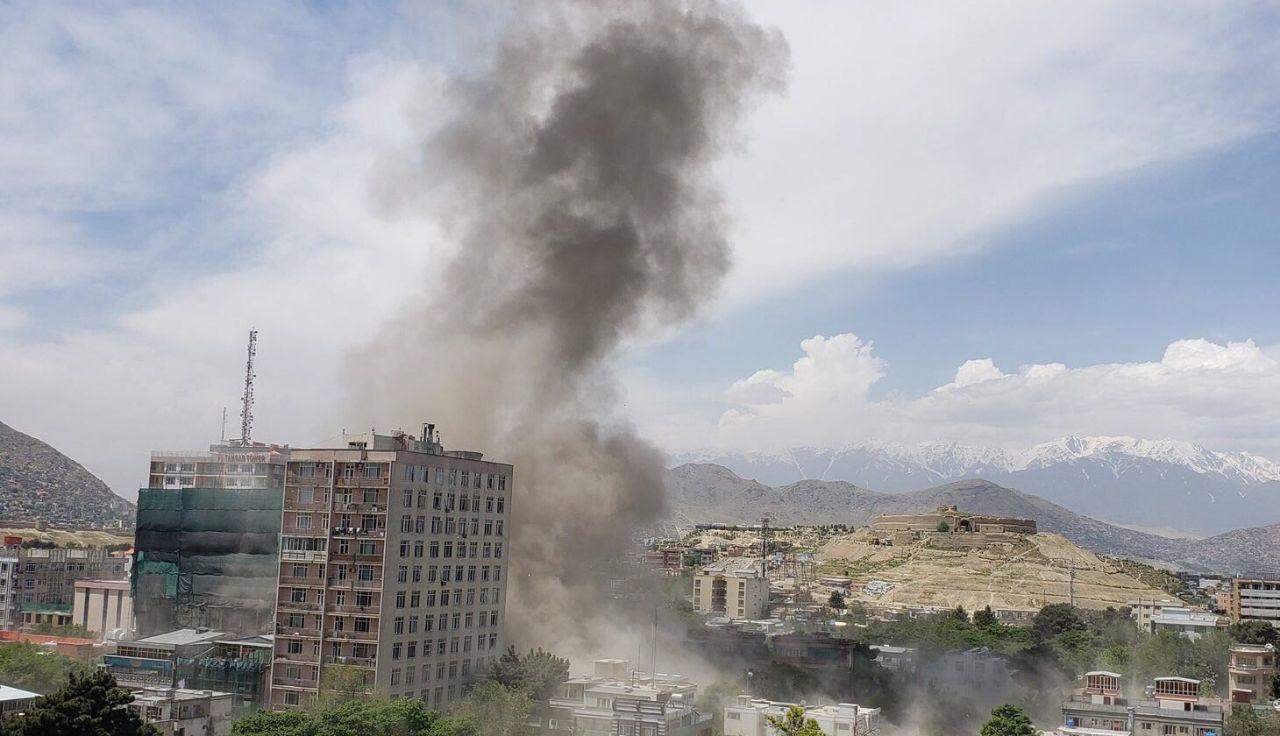
A team of Taliban jihadists attacked Counterpart International, a USAID-backed NGO operating in Kabul. The Taliban claims that Counterpart’s work is “anti-Islamic” and criticizes the NGO for promoting “western culture,” as well as the “mixing” of men and women.
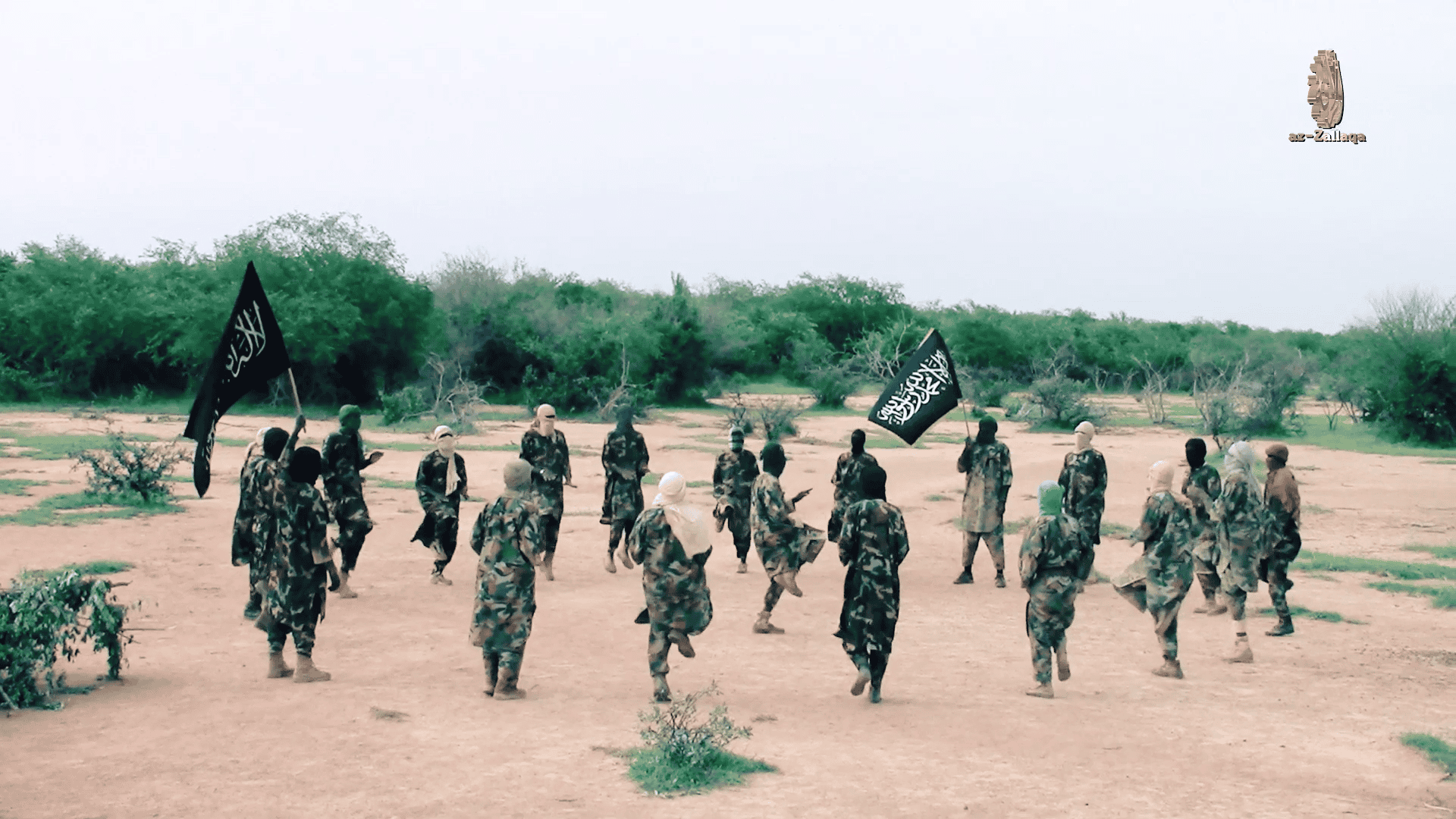
The jihadist conglomerate, as suspected, claimed Sunday’s deadly siege on a military base in central Mali.
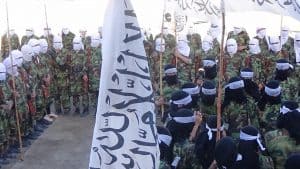
While Afghan and Coalition officials claim the assault was “repelled,” the Taliban clearly entered the base and inflicted casualties on Afghan forces.
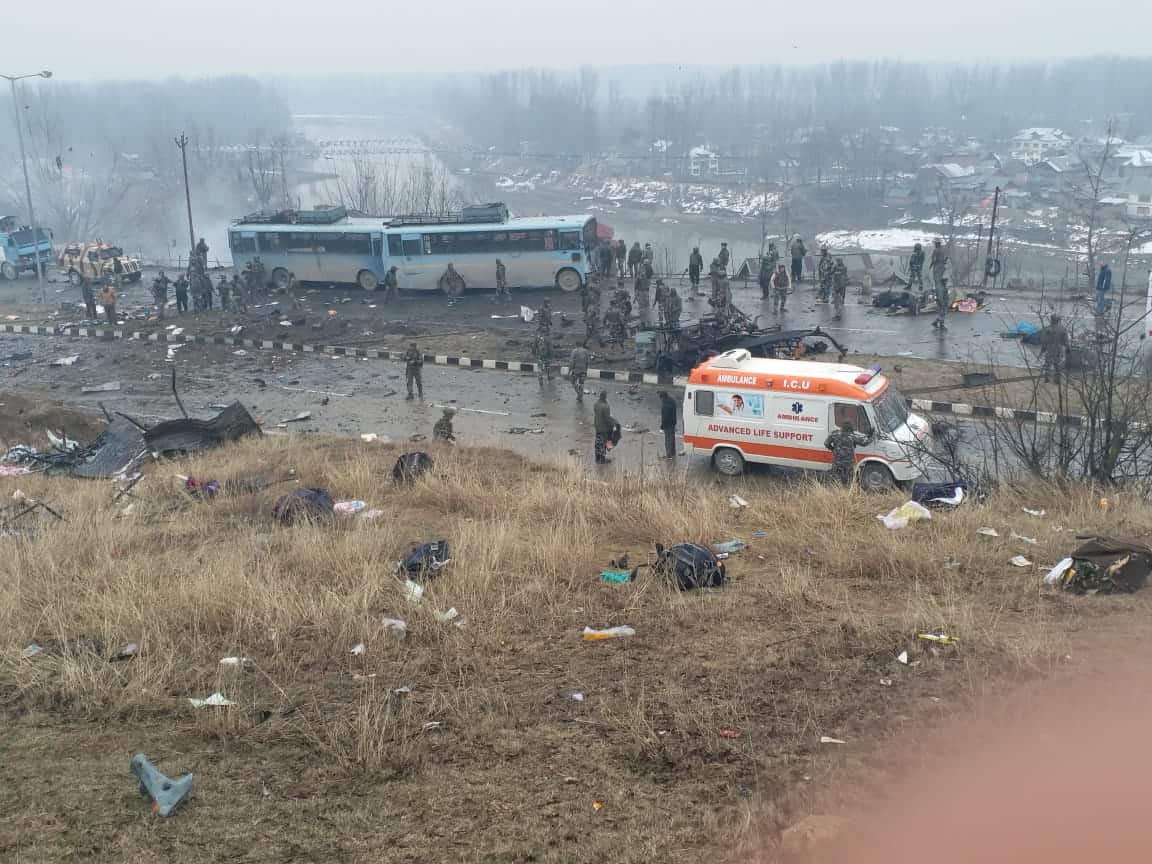
The attack is the deadliest in decades for a region fraught with constant, often violent, struggles. Jaish-e-Mohammad is part of a syndicate of terror groups allied with al Qaeda and supported by the Pakistani state.
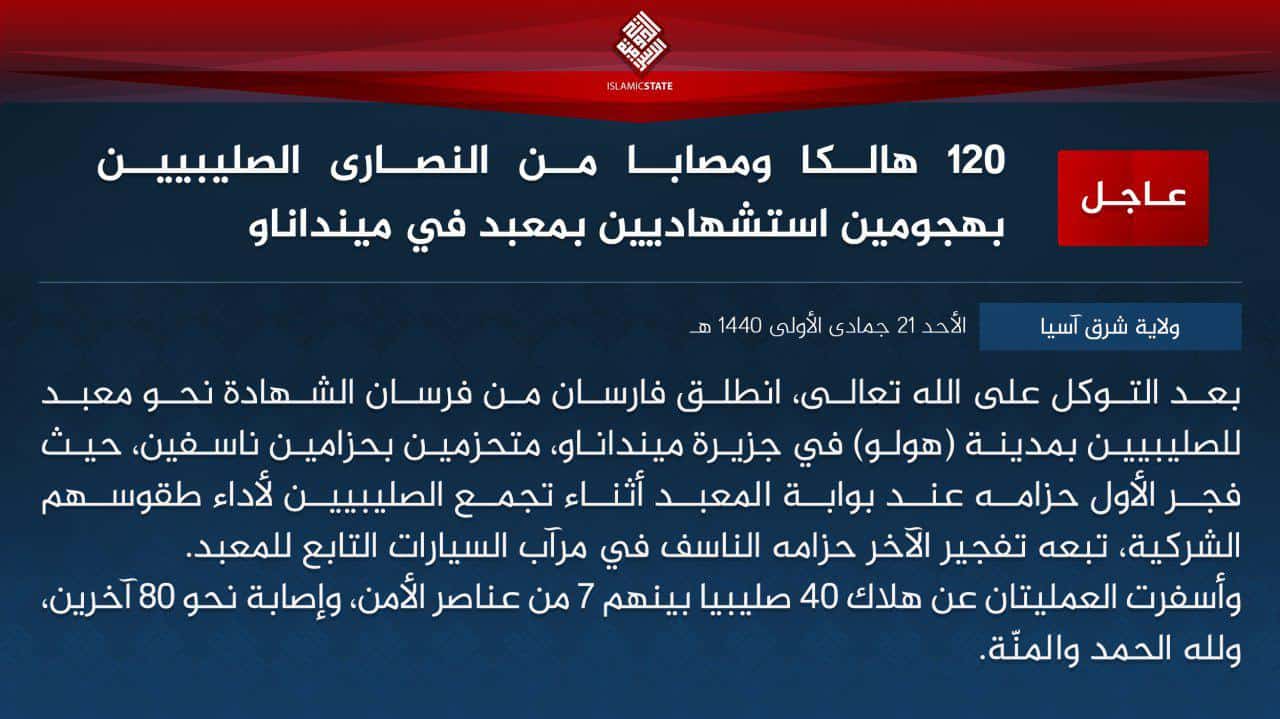
The Islamic State has claimed responsibility for two suicide bombings at the Cathedral of Our Lady of Mount Carmel in Jolo, Sulu earlier today.
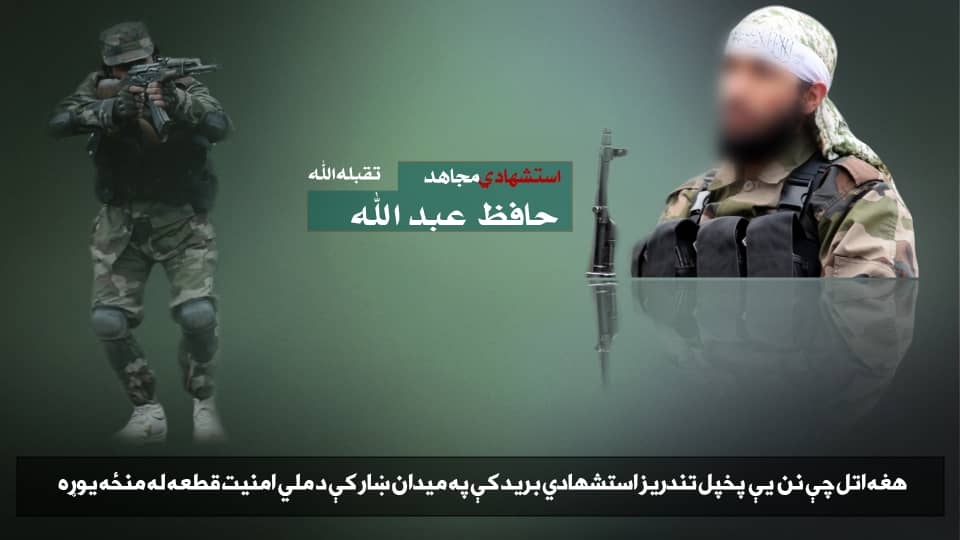
Three Taliban jihadists attacked a National Directorate of Security (NDS) training center in Wardak earlier today. The assault was led by a Taliban suicide bomber driving a Humvee packed with explosives.
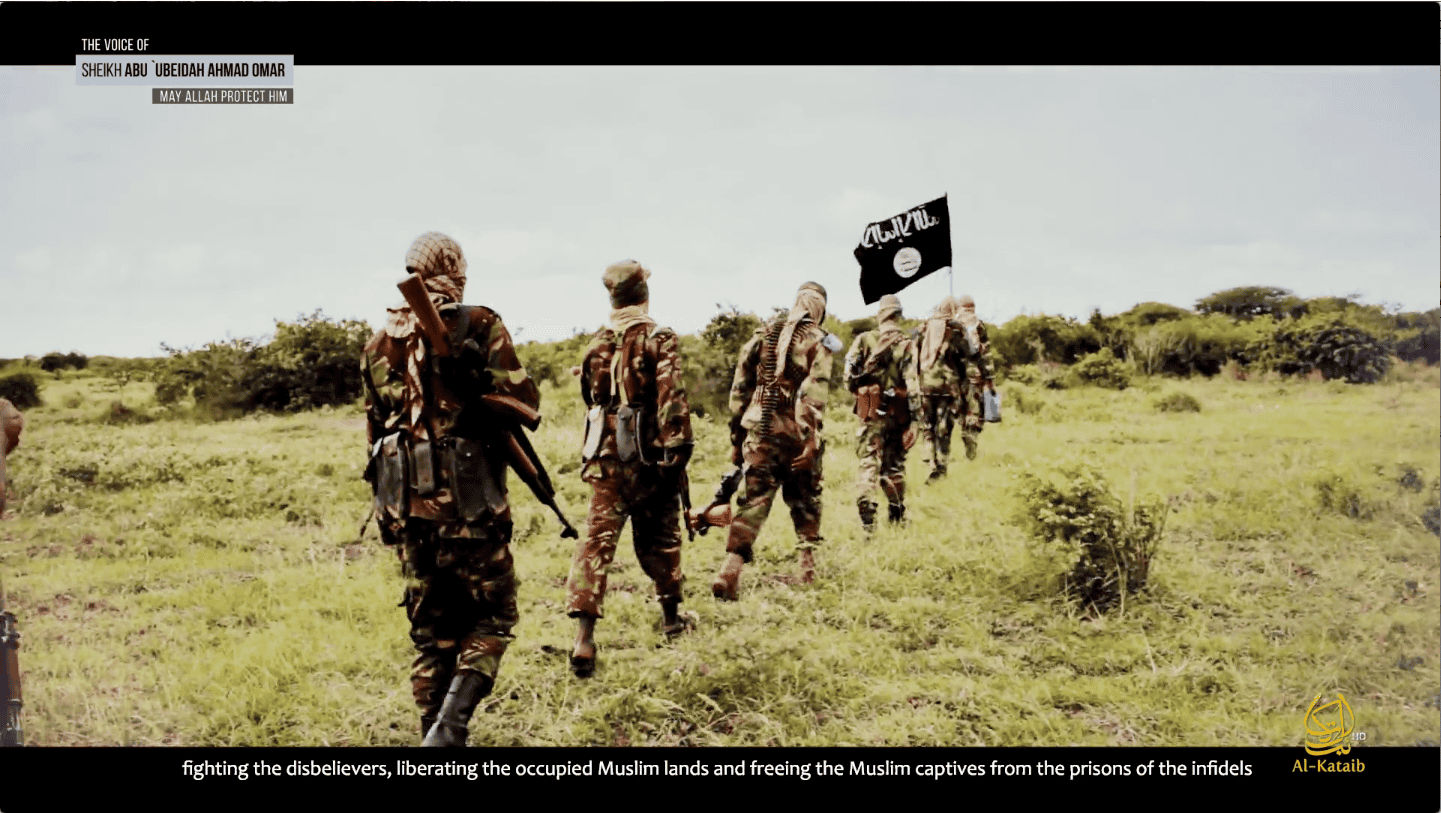
The jihadist group continues to launch large-scale attacks inside Kenyan territory.
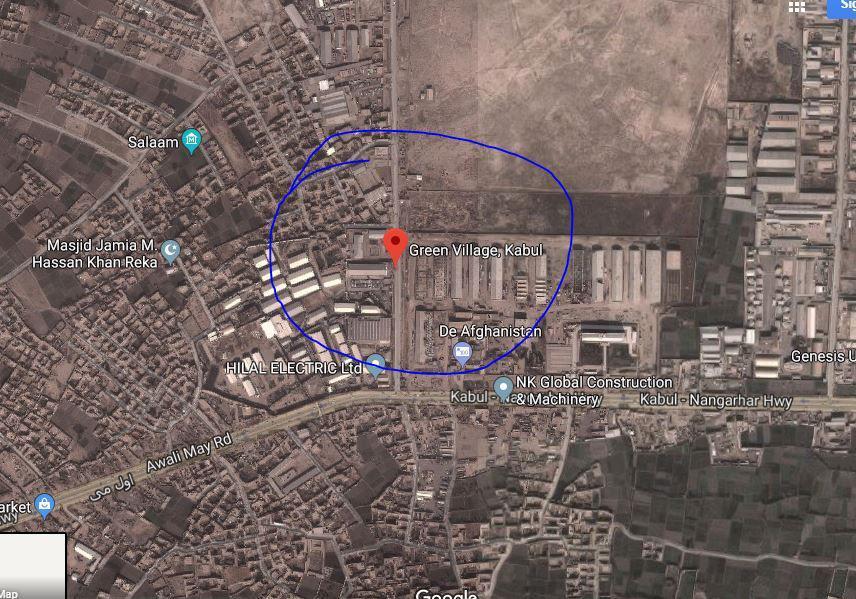
The Taliban has claimed responsibility for a “complex martyrdom operation” in Kabul’s Green Village late yesterday. The target of the attack isn’t clear. The Taliban says the facility served as a “a key intelligence site” for “foreigners.” Afghan officials claim it was mostly empty and had been inhabited by UN employees and NGO workers.

Monday’s suicide bombing in Gao was the first claimed suicide bombing of JNIM since July.
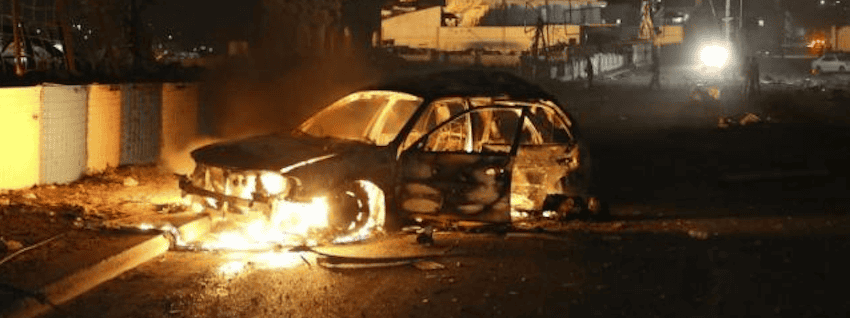
Much like other assaults on popular hotels, restaurants, or various targets inside Mogadishu, Shabaab was quick to claim credit for the operation on social media.
Taliban has been active in the eastern Afghan provinces of Wardak, Paktia, and Ghazni over the past several days and killed the chief of police for Sayyidabad district.

Today’s suicide bombings marks one of the first times European Union troops have been targeted by Shabaab.
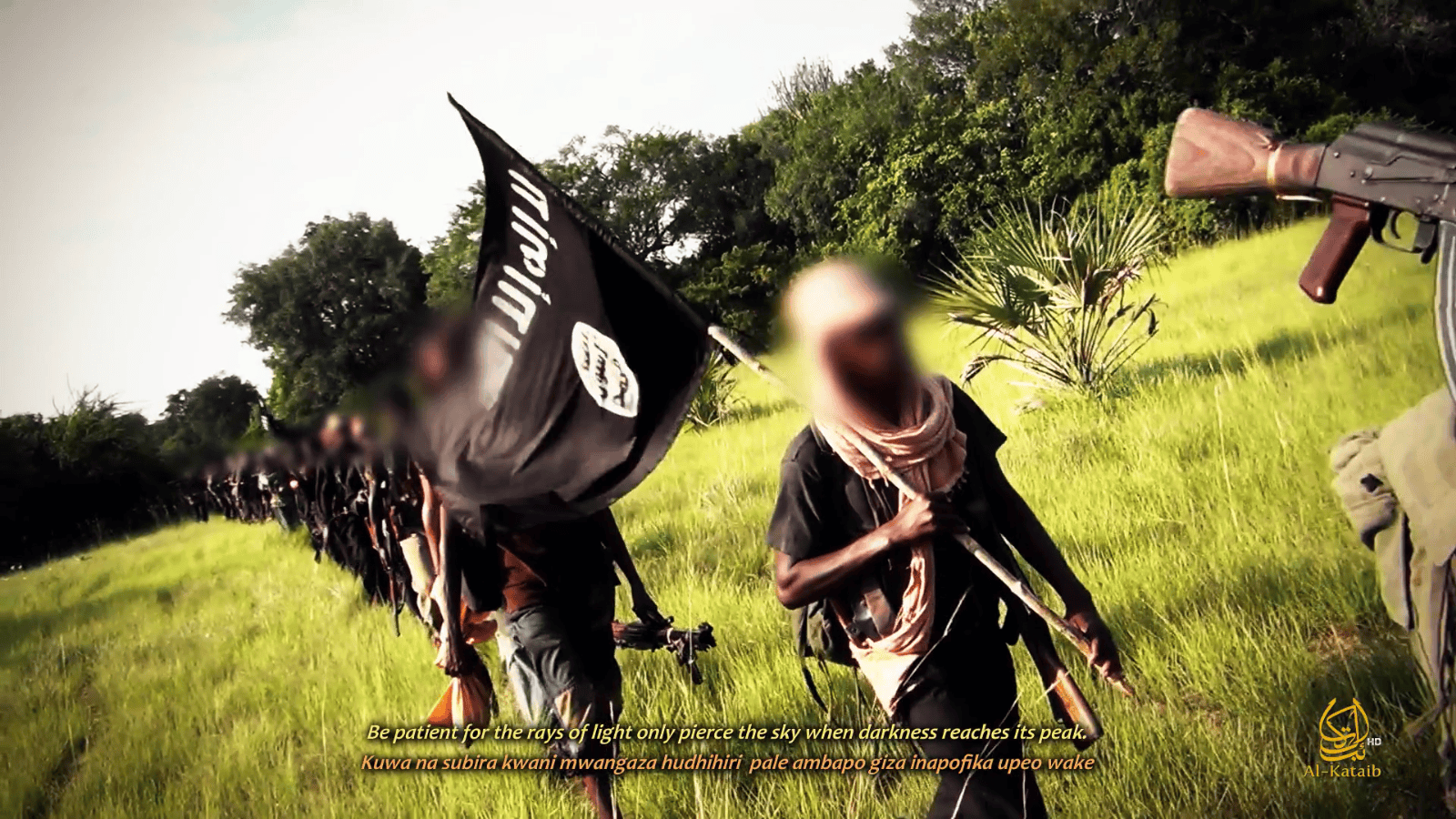
Today’s suicide bombing on a district headquarters in Mogadishu comes only a week after a similar attack on another district headquarters in the Somali capital.
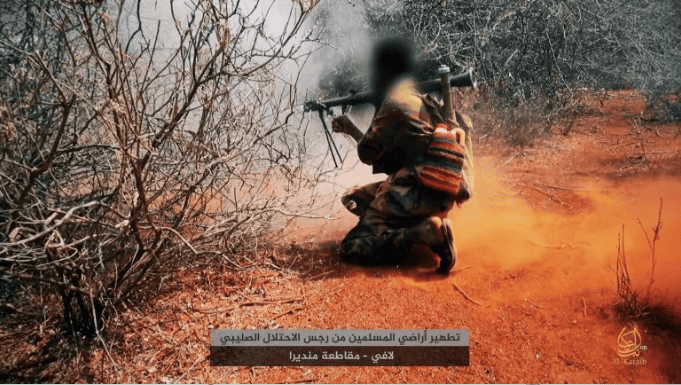
The same base where a US Special Forces soldier was killed last month was again targeted by Shabaab, this time with two suicide truck bombs.

The Islamic State has claimed responsibility for a suicide bombing that struck near the Hamid Karzai International Airport in Kabul only minutes after Gen. Abdul Rashid Dostum passed through the area.

The jihadist group claims the bombing, and last week’s bombing at the G5 Sahel base in central Mali, were messages to warn France and its allies about the “costs” of being in Mali.
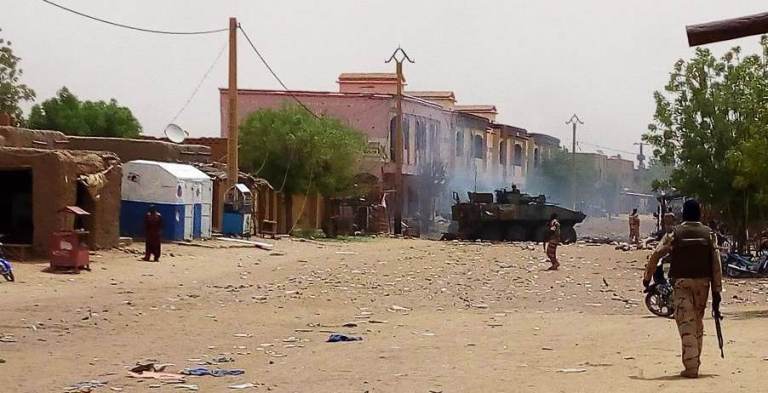
Only days after a suicide assault on an African military base in central Mali, another suicide car bombing hit French Barkhane troops in the northern city of Gao.

One day after Shabaab launched a deadly assault in which one US service member was killed, the al Qaeda branch again targeted the base today with a suicide car bomb.
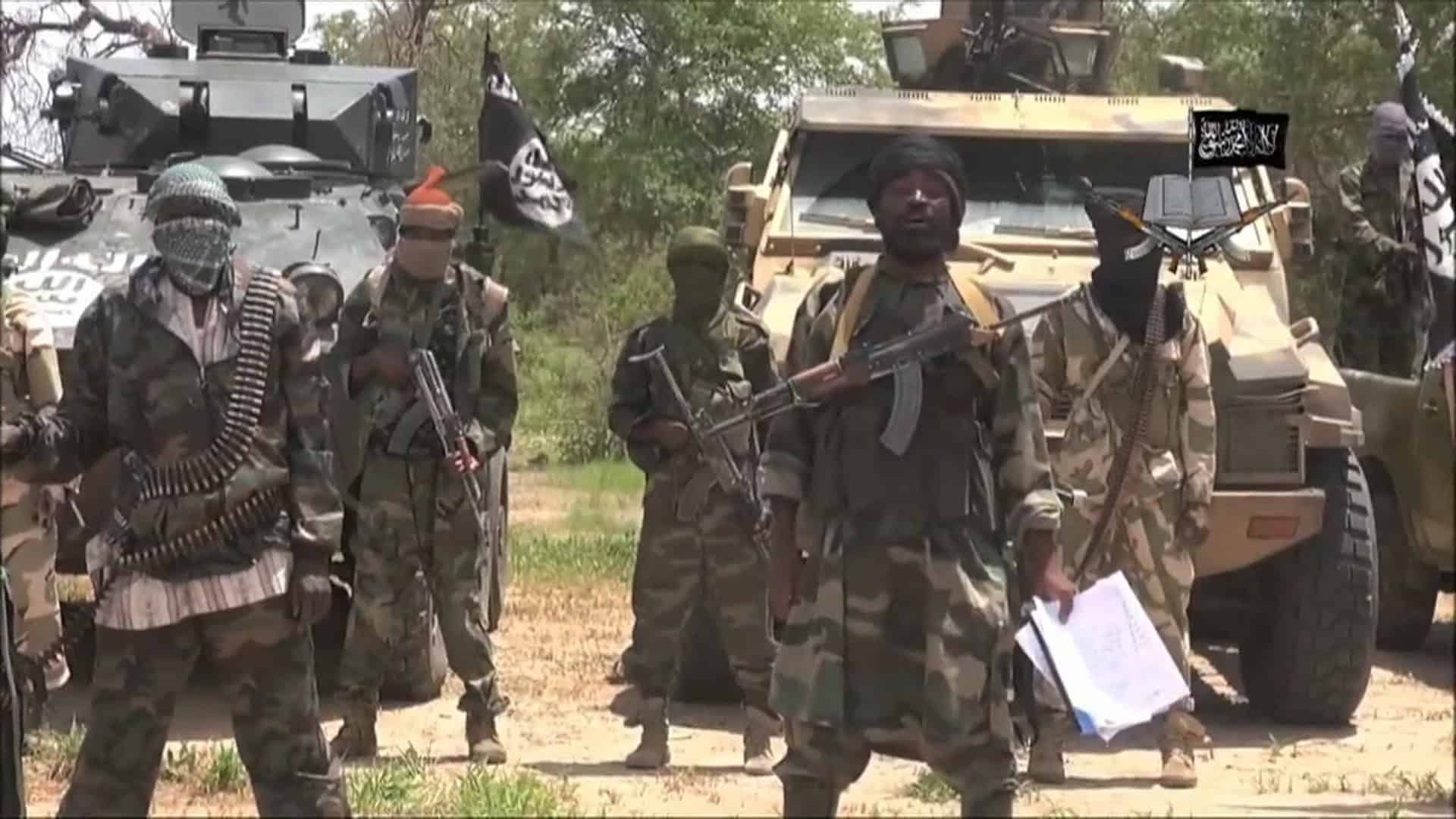
Three suicide bombers, including two girls, targeted a mosque and a Quranic school in Diffa, Niger, on Monday. The three are believed to have been sent by Abubakr Shekau’s Boko Haram faction.